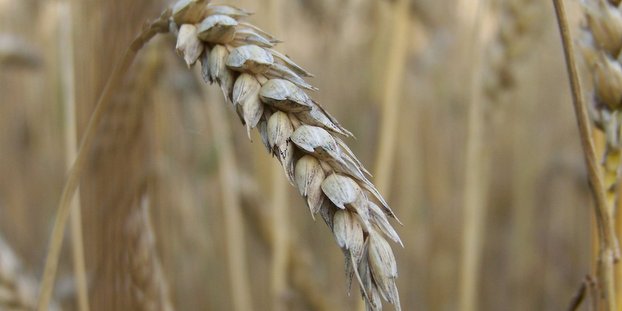
Hops get all the headlines, both good and bad. We want to know what hops are trending; we want to know what the hop harvest is looking like. But those small, two paragraph stories below the fold (that’s a reference to a newspaper — pronounced noose-pay-per — which is something historians believe once conveyed the important information of the day) are often more important than the sexy click bait above.
So yea, we’re talking about barley here and god damn it this is important, so listen up. You might be annoyed with your hop contracts these days (rightfully so), but how would you feel about malt contracts? Those days could get here before you know it because the climate is changing in unprecedented ways and the ecosystem is going right along with it. These environmental changes are leading to crop shortages — which is less than ideal for a crop-dependent industry (that’s booming) like craft beer.
“There are three main reasons why we’d expect malting barley to be in scarce supply in the next few years,” explained Ciska van den Berg, Grains and Oilseeds Analyst for Rabobank, a cooperative bank based in the Netherlands. “The current tightness in the market and the projected 14 percent rise in demand, the perception of malting barley as a risky crop for farmers and the request for different types of barley due to the increasing popularity of craft beers.”
He says that currently the production of and demand for barley are almost equal, meaning that there is no room for crop failure. Many farmers regard malting barley as a risky crop and one with highly volatile premiums, which inevitably means that they will only grow if the premiums are high enough.
The aforementioned 14 percent growth in demand in the next five years also requires investment in the malt industry. The main drivers for this increase are the growing global population and the premiumisation of the beer market in emerging markets, according to Rabobank’s findings.
Remember that craft beer requires four to seven times more malt than ordinary beers. While craft doesn’t really make a dent in global supply, craft brewers increasingly look for malt with distinctive flavors and aromas in order to distinguish their products in a competitive market. As a result the industry demand for malting barley has become increasingly fragmented, creating additional pressure on supply.
Craft brewers are no doubt in tune with the ups and downs of agriculture, but throw in the unpredictability of climate change, Beer Voltron‘s growing influence and the increasing craft beer competition, and well, the market might need more answers or the fictional “craft beer bubble” could come about in a decade or more simply because a basic ingredient like barley is in such short supply.
“To cope with demand growth, investments on a global scale are needed in order to increase malting capacity, and thereby avoid any potential shortage in the malt supply,” van den Berg concluded.
We pause here for everyone to change their underwear. We will return with a hopeful story about what’s happening in New York.
OK, we’re back. So, give the state of New York props. It really wanted to boost its craft brewing scene and relaxed regulations — but — on the condition that brewers get 20 percent of their ingredients from New York (at least if they want to keep and reap the benefits of a “farm brewery” license). This percentage increases dramatically in the coming years (60 percent by 2019, 90 percent by 2024), and for it to actually be even possible, the state has to get serious about growing borling ‘ol barley.
Some have called for crop insurance to make it a less risky proposition for farmers. Those calls have yet to be heard. But, while a good idea, a problem of this scale needs more than insurance. It needs nerds. Which is why, with fresh undies, we are happy to report that researchers at Cornell University are experimenting with barley and looking for answers before craft demand for barley powerbombs supply through the Spanish announce table.
From The Times Union:
“We realized that for performance and disease resistance, we need our own barley,” said [Cornell researcher Mark Sorrells]. “It would be born, bred and brewed in New York.”
This season, 20 experimental lines of barley developed in cooperation with the University of Minnesota are being tested, some at the Farm Hub in Ulster County, as well as at three other farms in Steuben and Genesee counties. The goal is to find those that work best and then rapidly develop a supply of seeds available for farmers.
The experimental barley will be harvested in July, and then shipped to a U.S. Agriculture Department testing brewery in Wisconsin, Sorrells said. The Farm Hub is involved as part of the not-for-profit New World Foundation’s mission of promoting local agriculture and resiliency, associate program director Sarah Brannen said.
The Times Union article (which you should really read if the paywall lets you) mentions the high failure rate, which speaks to the need for better crop insurance — more than a third of barley farmers lost money in New York in 2014.
Sorrells’ goal is for a new variety that has a success rate of at least 75 percent, so that farmers get bigger yield and bigger profits, which will encourage more planting of barley, which in turn will supply a growing number of microbreweries.
The Cornell team and the state of New York have a tall task ahead of them, but it is an admirable mission. Does this at all address the risks we nodded to in the beginning? Well, not really. But it’s something. And here’s another fun wrestling YouTube link.

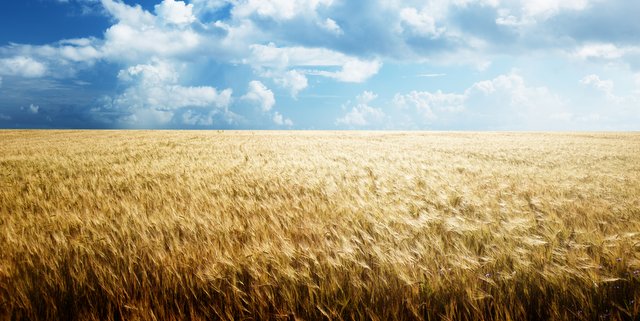
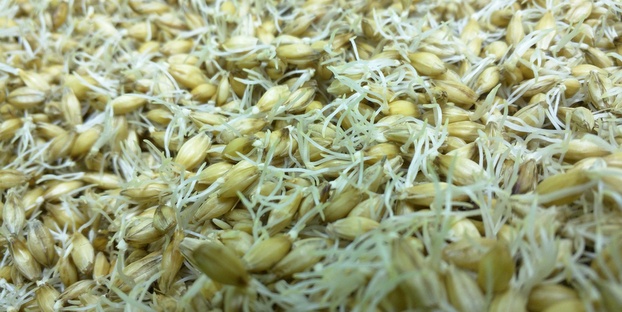
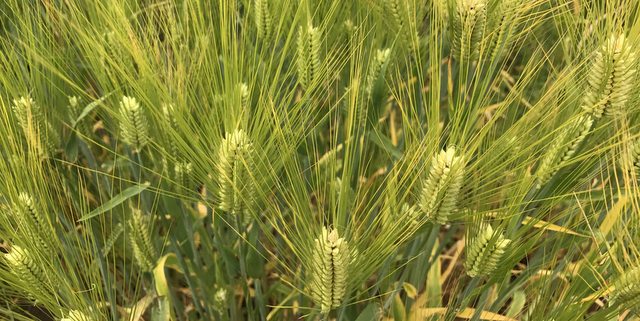
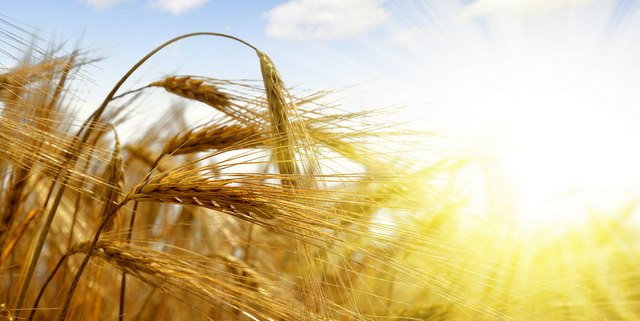
Columbus Brew Adventures liked this on Facebook.
(that’s a reference to a newspaper — pronounced noose-pay-per — which is something historians believe once conveyed the important information of the day)
Lordy I do enjoy good snark.